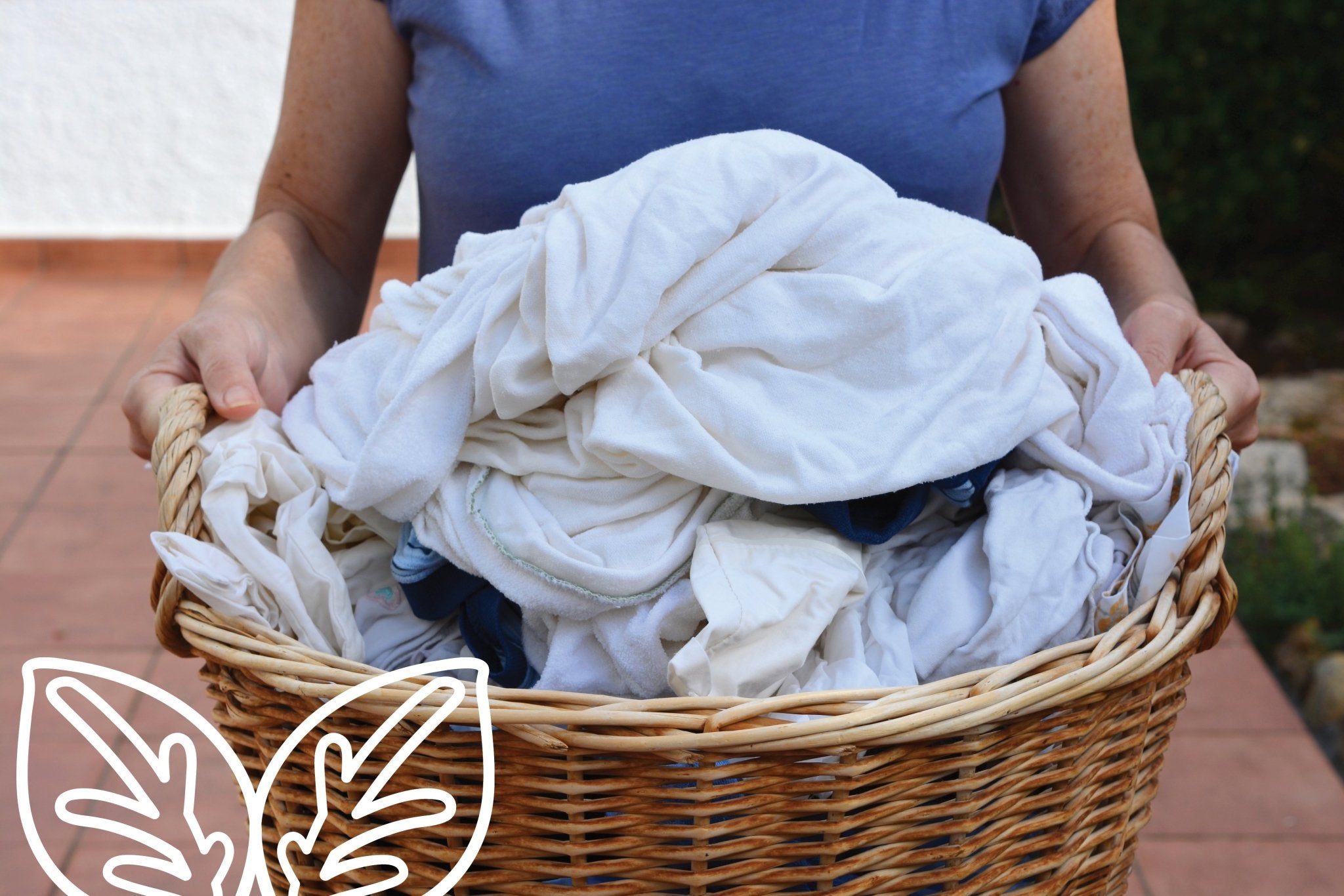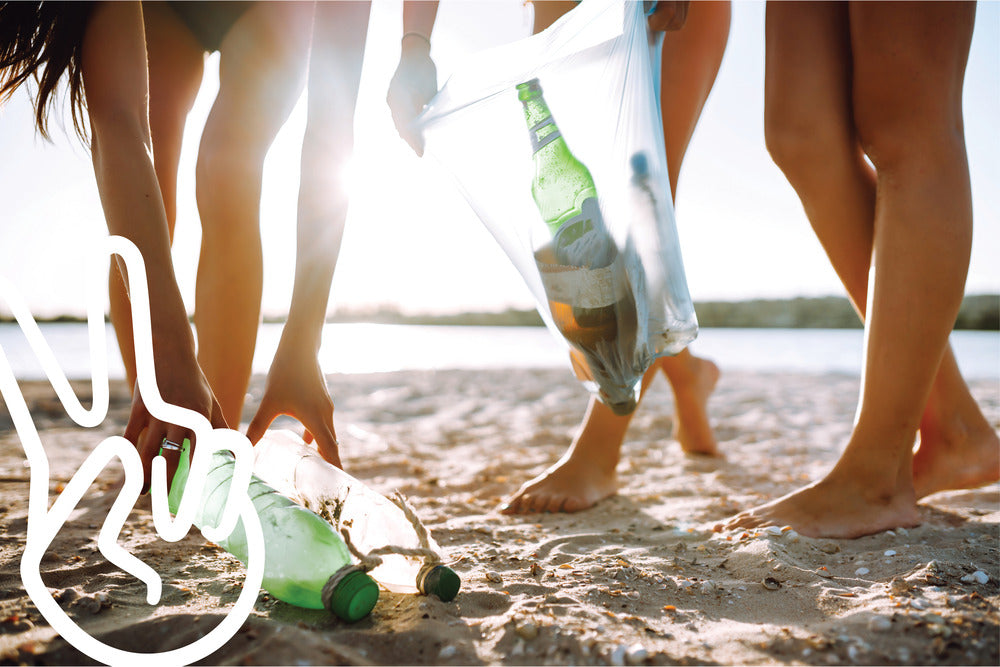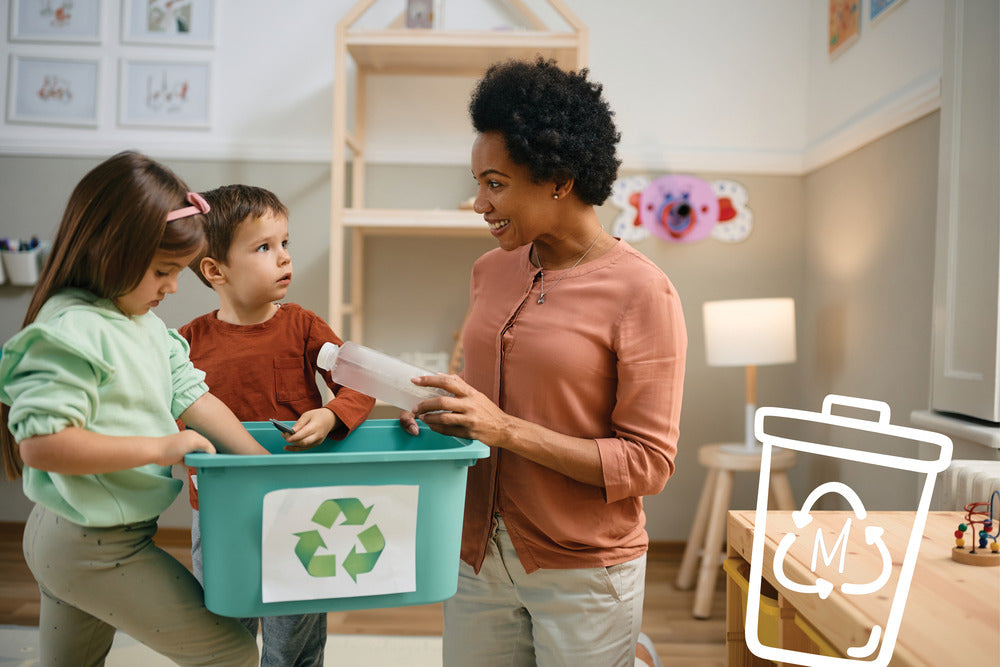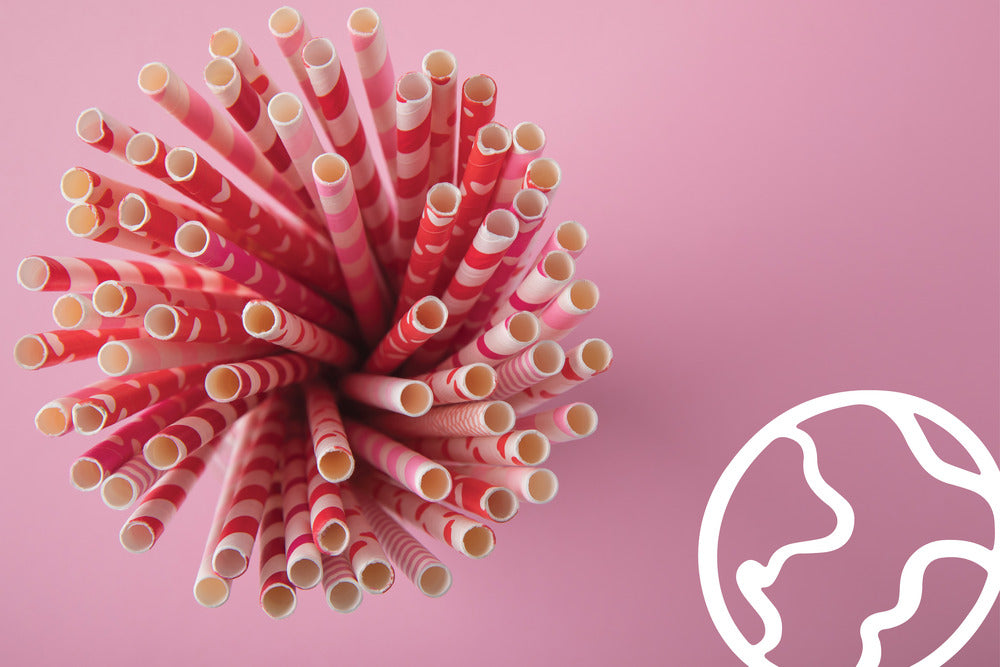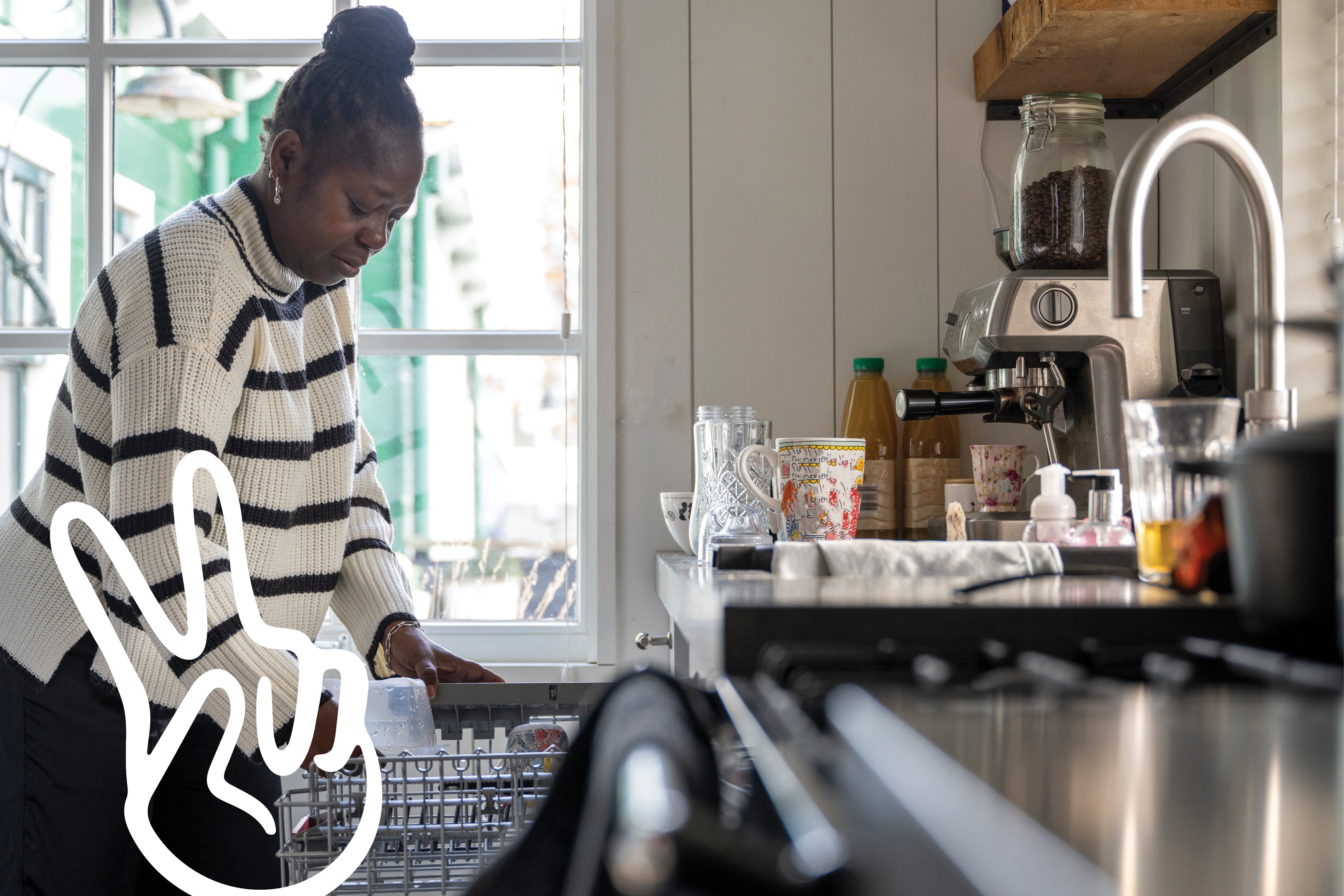Laundry stripping, a cornerstone of sustainable living, revitalizes your reusables by removing built-up residue, enhancing absorbency, and eliminating odors. This guide, inspired by Marley's Monsters' eco-friendly practices, delves into effective methods for stripping various laundry items using a simple, eco-conscious recipe.

What is Laundry Stripping?
Laundry stripping is a deep cleaning method used to remove accumulated residues from textiles, such as detergents, fabric softeners, body oils, and hard water minerals. This process involves soaking clean laundry in a mixture of hot water, Borax, washing soda, and laundry detergent for several hours. It's especially useful for items that have become less absorbent or emit odors over time, revitalizing them to their original condition.

Ideal Stripping Recipe
For those embarking on the journey of laundry stripping, finding the perfect recipe is key to achieving the best results. By combining Borax, washing soda, and laundry detergent in hot water, you'll create a potent solution capable of breaking down and extracting the unseen residue from your laundry. The method is simple yet effective, requiring just a few hours of soaking and occasional stirring, followed by a regular wash to unveil rejuvenated fabrics.
Ingredients
- Combine 1/4 cup Borax
- 1/4 cup washing soda
- 1/2 cup of your preferred laundry detergent
- Mix these ingredients in hot water sufficient to cover all items
Method: Stir the mixture well and soak your clean laundry for 4-8 hours, stirring occasionally. After soaking, wring the items dry and launder them as usual.

Stripping Different Laundry Items
How to Strip Clothing
To strip clothing, you need to soak your clean garments in a mixture of hot water, Borax, washing soda, and laundry detergent. This mixture should consist of 1/4 cup Borax, 1/4 cup washing soda, and 1/2 cup of your chosen detergent, with enough hot water to cover the items. Allow the clothing to soak for 4-8 hours, stirring occasionally. After soaking, wring the clothes out and launder them as you normally would. This process helps remove buildup and refreshes the fabric.
How to Strip Towels
Stripping towels, whether they are beach, bath towels, or UNpaper® Towels, follows the same basic procedure. You'll use the same mixture of 1/4 cup Borax, 1/4 cup washing soda, and 1/2 cup laundry detergent in hot water. Soak the towels for 4-8 hours, stirring occasionally, then wring them out and launder as usual. The process effectively removes buildup, reviving the towels' absorbency and freshness without differentiating between beach and bath towels.
How to Strip Pillows
To strip pillows, use the same mixture for laundry stripping: 1/4 cup Borax, 1/4 cup washing soda, and 1/2 cup laundry detergent in hot water sufficient to submerge your pillows. Soak them for 4-8 hours, stirring occasionally to ensure thorough cleaning. After soaking, wring out excess water and launder according to the pillow's care instructions. This process helps remove body oils, sweat, and other residues, refreshing your pillows and extending their lifespan.
How to Strip Blankets
To strip blankets, immerse them in a solution made of 1/4 cup Borax, 1/4 cup washing soda, and 1/2 cup laundry detergent mixed with enough hot water to fully cover the blankets. Let them soak for 4-8 hours, occasionally stirring to ensure the mixture works through the fabric. After soaking, thoroughly wring out the blankets and proceed with your regular washing routine. This process helps remove built-up residues, restoring the freshness and softness of your blankets.
How to Strip Sheets
To strip sheets, soak them in a mixture of hot water, Borax, washing soda, and laundry detergent. Use the proportions: 1/4 cup Borax, 1/4 cup washing soda, and 1/2 cup detergent. Ensure the sheets are completely submerged in the solution. Allow them to soak for 4-8 hours, stirring occasionally. After soaking, wring out the sheets and launder them as you normally would. This process helps eliminate residue buildup, leaving your sheets feeling fresh and clean.

Laundry stripping is a powerful tool in the arsenal of sustainable living, offering a way to prolong the life of your textiles while ensuring they perform their best. By following this guide, you can embrace an eco-friendly cleaning routine that benefits both your home and the environment.

